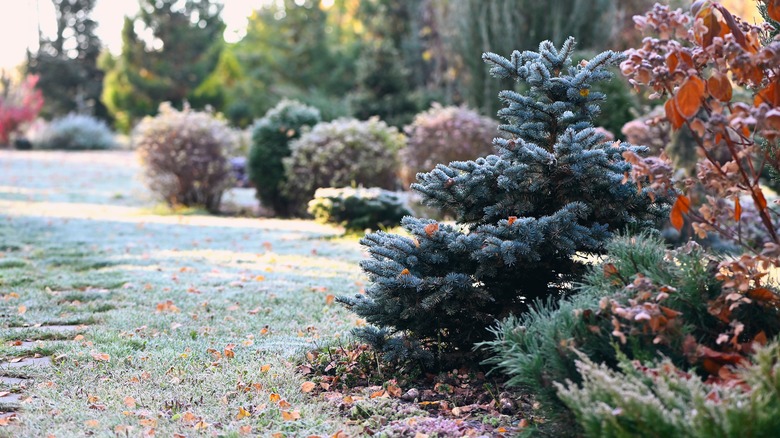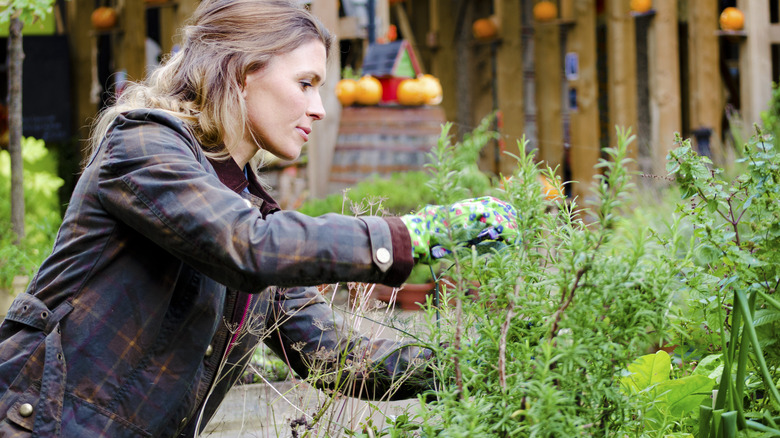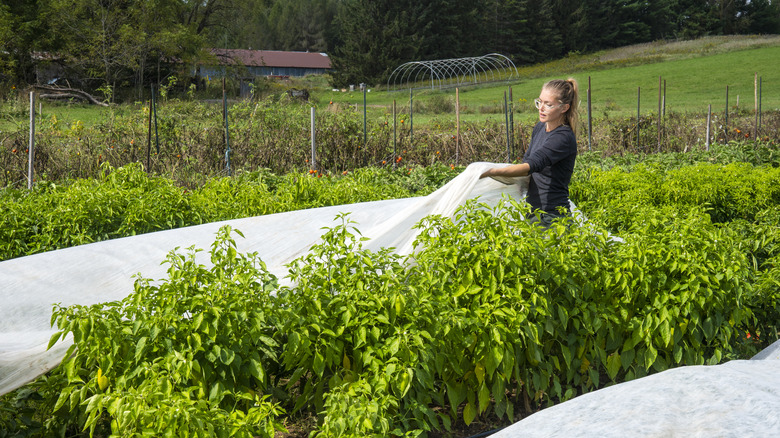Should You Prune Frost-Damaged Plants In The Winter, Or Wait Until Spring?
When the chill of winter bites, the damage to your plants can be disheartening, and the urge to prune can be strong. However, wisdom from seasoned gardeners often leans towards patience — waiting until spring before reaching for the pruning shears. To understand why, it's first important to dig into the specifics of frost damage. This occurs when ice crystals form on plant cells, causing them to burst and leading to visible damage such as browned or blackened foliage and limp stems. Indeed, the weight of snow and the bite of frost can cause significant stress to plants, especially those newly cultivated ones with weaker roots. Potted plants, especially those in smaller containers, are also vulnerable since they lack the insulation that the earth provides to those planted directly in the ground.
However, although plants appear visibly stressed, the advice to prune in spring also stems from the understanding that beneath the frost damage, your plants may still harbor a healthy core. Immediate pruning in winter is risky for certain plants, like azaleas. It can harm viable parts of your plant, potentially stunting its recovery when warmer weather returns. Preparing your plants for the cold months and adopting measures to protect them can significantly reduce the damage experienced. Overall, spring pruning is just one piece of the puzzle. It's much more beneficial to prepare your plants for the cold months and adopt measures to protect them during and after winter.
Pruning frost-damaged plants in spring
When spring's warmth begins to melt away the last hints of winter, it's time to assess your garden's survivors. Distinguishing between what's dead and what's dormant is your first step. This requires patience and observation, as some plants may be slow to show signs of life. Once you've identified the living parts, consider your approach. You have a few options when pruning. One method is renewal pruning, also known as rejuvenation pruning. It involves cutting the plant back significantly, sometimes up to one-third of its size, to encourage new growth from the base. This method is suited for severely damaged plants where the dead material significantly outweighs the living. It also encourages the plant to focus its energy on recovery. It's an excellent opportunity to shape your plants, directing new growth to enhance your garden's overall aesthetic. On the other hand, removing only the dead outer growth may suffice if the damage is less extensive. This lighter touch can stimulate recovery without the stress of a major cutback.
When pruning, cleanliness is key. Ensure your tools are sharp and disinfected to prevent the spread of disease. Make your cuts clean and just above a bud or branching point to encourage healthy new growth. And remember, pruning is as much about what you leave as what you remove. Focus on shaping the plant for future growth, ensuring it has a strong framework to thrive in the coming season.
Protecting plants from snow and frost damage
Proper preventative measures are vital to keep your garden thriving through the winter and beyond. Sure, covering your plants seems like the go-to strategy, and it can be as simple as using whatever's handy — think wire loops, patio furniture, or PVC pipes — to prop up those protective covers. But here's a pro tip: always keep an eye on the weather. When the sun plays peek-a-boo on a cold winter day, whipping off those covers will save your plants from an unexpected temperature increase, which, believe it or not, can be just as harmful as a frosty night. Now, let's talk snow. It's beautiful until it starts testing the limits of your plants' branches. If you catch them under a heavy blanket of snow, be their hero and gently brush off the excess. But remember, it's a touch-and-go situation. You want to be as gentle as a snowflake to avoid damage.
But hey, if you're looking for the easiest winter plant protection hack, simply bring those vulnerable greens indoors. It's a no-brainer for your veggies, annuals, and those tropical beauties you've nurtured outdoors. However, don't get overzealous with the trees, woody shrubs, and perennials. These hardy souls are built differently; they need to feel the chill to snuggle into dormancy properly. Plus, they're pretty tough cookies, handling a brush with freezing temperatures like champs with minimal drama.


